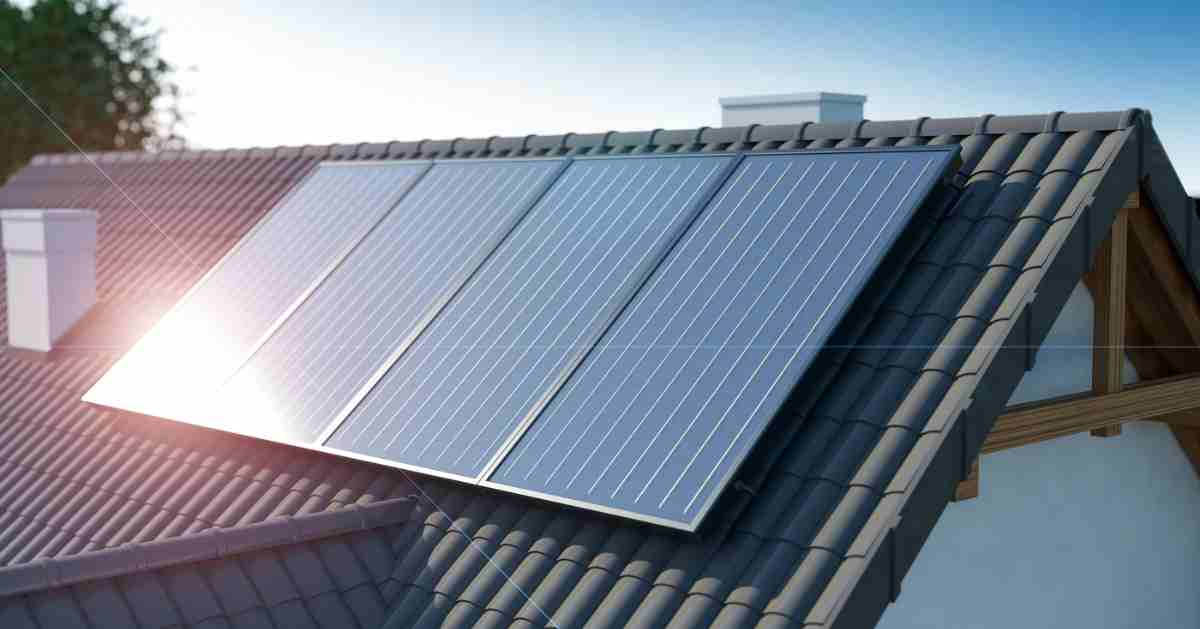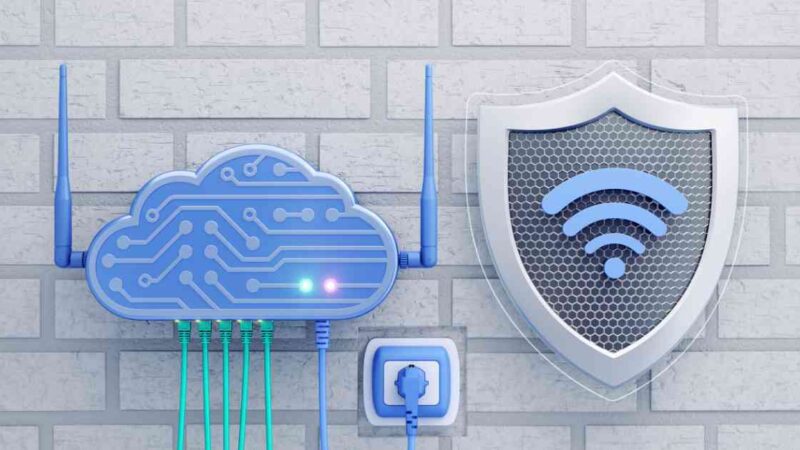How Do Solar Panels Work? The Technology You Need to Know

Are you thinking of buying solar panels in Garland? If so, you’d be joining the fastest-growing electricity source in the US. In 2019, 40% of new energy sources were solar, and only more installations are planned for the future.
Aside from the many benefits of home solar panels, you may be wondering: how do solar panels work?
You can find out everything you need to know about solar panel science in this article!
How Do Solar Panels Work
Groups of light-sensitive photovoltaic cells placed between two layers of a conductive material make up solar panels. When photons strike these cells, they create an electric field by knocking electrons loose. The electrons flow towards wires, which makes an electric current.
Solar panels use a design that allows them to maintain their electric field. One side of the photovoltaic cells is positively charged, and the other is negatively charged. This makes all of the energy flow in the same direction, like any other source of electricity.
Next, an inverter converts the created DC energy into AC electricity. The local grid takes back any energy that your home cannot use, or batteries store it. Solar panels can use about 20% of the solar energy they collect.
Solar Panel Technology
There are three main types of solar panel technology. They each function in the same way – the difference comes from their materials and efficiency. The best solar panels depend upon the unique situation.
First, the most used home solar panels are polycrystalline. There are made of silicon fragments melted together into a single form, then cut to shape. They are the least expensive to make and install, but they are less efficient than other types.
The second type is monocrystalline. Like polycrystalline panels, they are made out of silicon, but instead of fragments, manufacturers use pure crystals. They are the most efficient type of solar panel to date, but they are the most expensive.
Finally, there are thin-film solar panels which are most commonly made from cadmium telluride rather than silicon, though silicon and other materials are used as well. They are flexible and portable, but they are still newer, more expensive, and less efficient and powerful than the other two types. It’s likely they will improve in the future.
Solar Panel Installation
The price of your home solar panels varies depending on your roof, location, and the type of panels you get. Local solar companies, like Blue Raven Solar in Missouri, will gladly offer you a quote!
Installation of your solar panels should be quick and easy! A professional will analyze your situation and create a system that is right for you. In most cases, you can begin generating your own solar energy in just one to three days.
Learn More About Solar Panels Now
With the important question of, “How do solar panels work?” finally answered, it’s time to continue your research! Learn more about solar panels now to decide whether they are right for your home and energy needs.
Are you interested in other green or emerging technologies? You can find more fascinating and informative posts in the technology section of this site!






